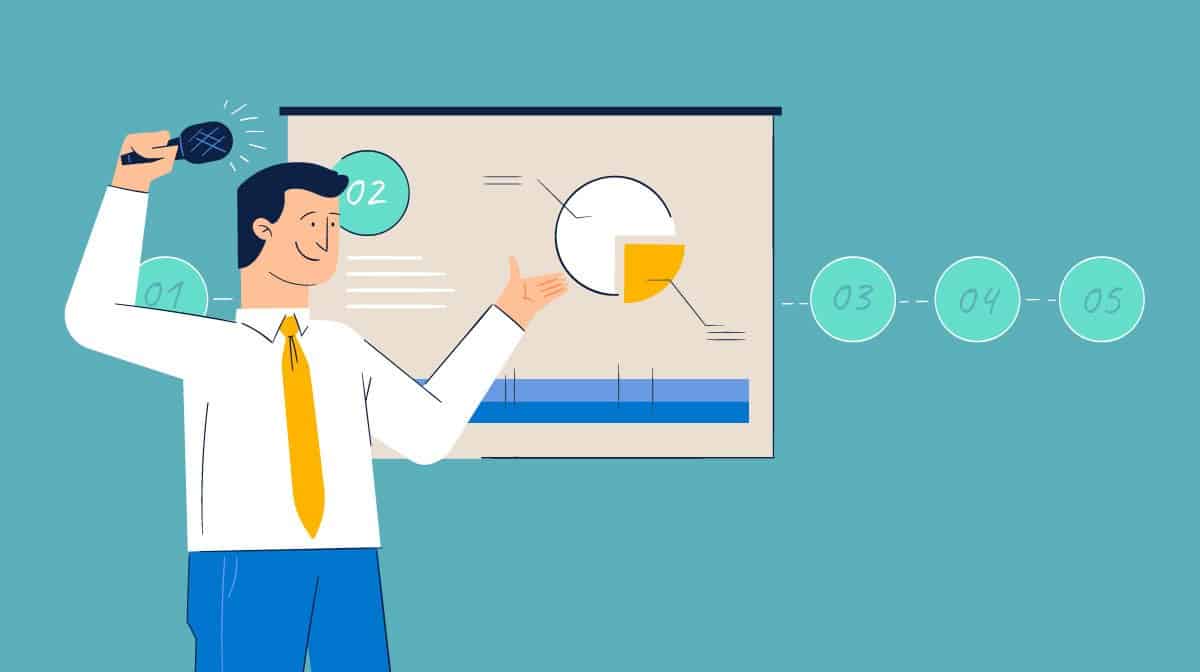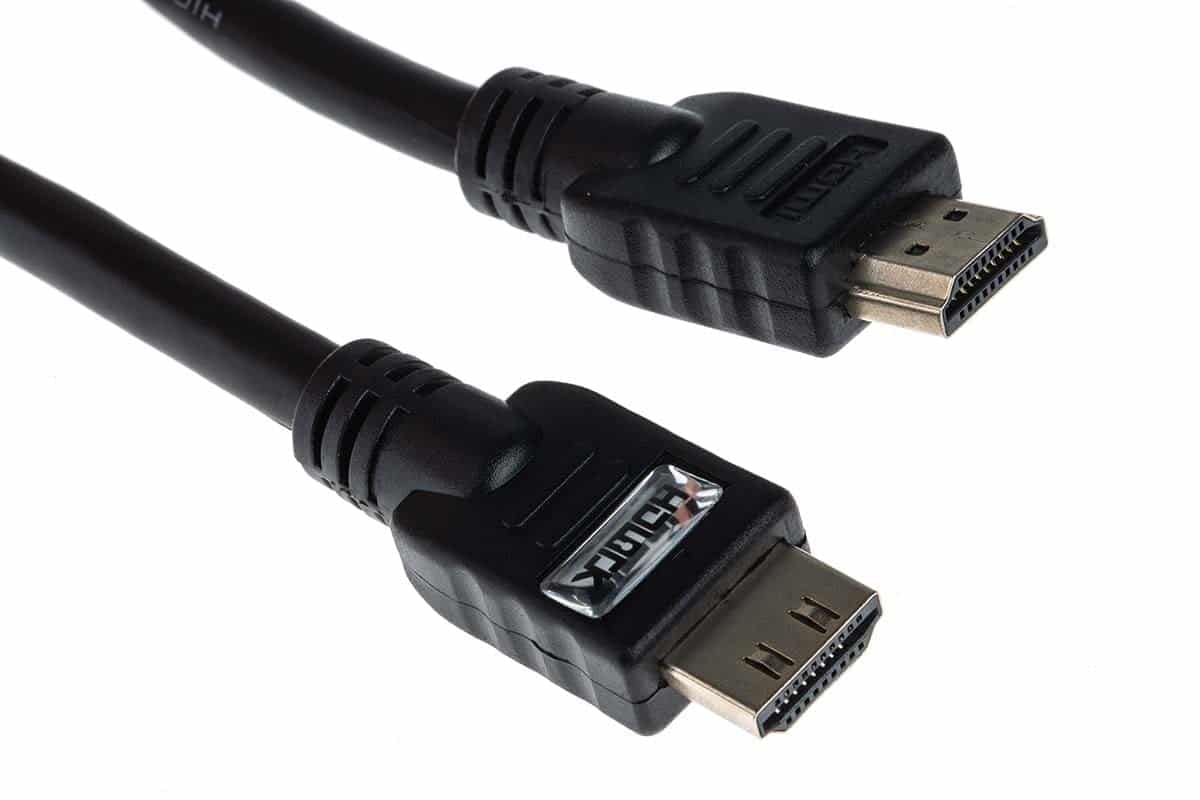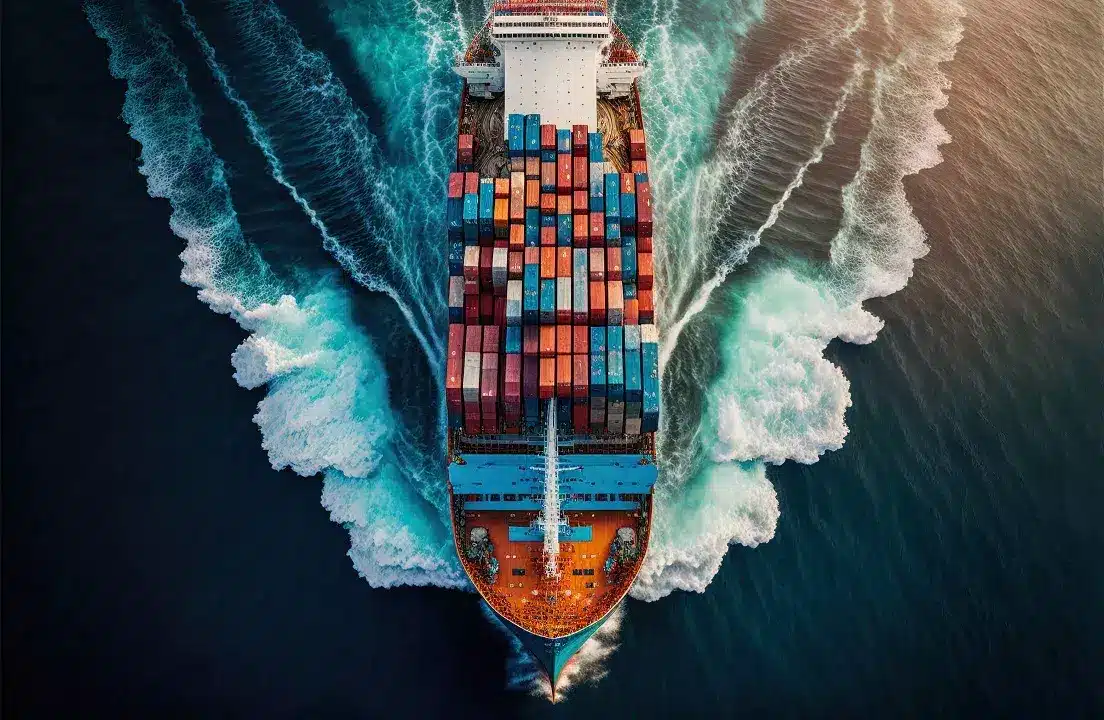In this piece, we’ll examine the industry’s adaptation in more detail and go over some of the major tactics being used to lessen its negative environmental effects. We’ll look at all the ways shipping is going green, from new vessel designs to alternate fuel sources.
Many Fuel Sources
One of the main causes of emissions from ships is the usage of conventional fossil fuels. Every year, the shipping sector consumes an astonishing 300 million tons of fossil fuels, or almost 5% of the world’s total oil production. As a result, the development of alternative fuels may completely revolutionize maritime shipping. Emissions can be greatly decreased while keeping a system that is effective by substituting renewable sources like biodiesel, hydrogen, and biogas for conventional diesel or heavy fuel oil. In brief, alternative fuel sources like liquified natural gas (LNG) or biofuels are being installed on vessels to lessen these effects.
Because that it emits up to 25% fewer greenhouse gases than conventional fuels and is also more affordable, LNG is particularly well-liked by maritime industries. In reality, many of the biggest maritime fleets in the world now use LNG to power their ships. As an illustration, consider the plans made by Carnival Corporation to convert over 100 cruise ships to LNG.
Digitalisation
Digitalization, also referred to as “smart shipping,” is the process of utilizing data and technology to build a more effective and sustainable transportation business. This might entail anything from equipping ships with sensors and automated systems to tracking and watching ships to enhance navigation and save fuel. Also, it can provide more accurate reporting of emissions and greater transparency, making it simpler to pinpoint areas in need of improvement or additional efficiency gains.
Optimisation Technologies for Vessels
Vessel Optimisation Technology is one of the most promising new maritime shipping technologies (VOT). VOT is a collection of software tools that can be used to increase ship efficiency and lower emissions and fuel use. The performance of a vessel can be examined using VOT software to find potential improvement areas, such as lowering drag or increasing engine power. Also, it can be used to provide thorough reports that offer insights into the ship’s effectiveness, assisting operators in better understanding their ships and selecting the most effective strategies for minimizing their environmental impacts.
Optimizing the design
This is the process of altering a vessel’s design to cut down on emissions and fuel use. This may entail changing the hull’s design, adding different propeller and rudder arrangements, or even installing new propulsion systems. Shipping companies have the ability to lower fuel use by up to 10% by making straightforward changes to a vessel’s design and construction. This is a practical method for reducing emissions and long-term industry sustainability.
Using green technologies
In addition to fuel sources, ship owners are now putting money into environmentally friendly technology like solar or wind energy to meet their additional energy needs. While also offering a more dependable source of power, these renewable energy sources can significantly lower the overall emissions produced by vessels. Although many large vessels still find wind and solar power to be unaffordable, they are becoming more widely available. By adopting lightweight materials with increased insulating capabilities, sustainable shipping containers are yet another approach for businesses to minimize their negative environmental effects.
Energy Control
By the monitoring of ship performance, it is now possible to optimize energy use and lower emissions thanks to the development of digital technologies. Energy management systems (EMS), for instance, can assist ships in identifying and reducing wasteful energy use while also giving operators real-time data to comprehend their ship’s performance. Additionally, by gathering real-time data on fuel usage, ship engines can be tuned for maximum efficiency, lowering operating costs and emissions. They can then decide how to cut emissions the most effectively, for as by increasing fuel economy or altering their route, with more knowledge.
Final Reflections
Overall, as the sector transitions to a more environmentally friendly future, sustainable shipping practices are becoming more and more crucial. In other words, building a new way of working that prioritizes the environment and sustainable practices is what it takes to develop sustainable maritime shipping. The World Shipping Council has currently signed agreements with all interested parties to guarantee the use of sustainable practices.
So, it is possible to significantly contribute to lowering emissions and building a more sustainable future for international trade by employing sustainable shipping technologies. By doing this, marine businesses can contribute to ensuring that their operations are in line with rising environmental concerns and advance toward achieving international standards.







